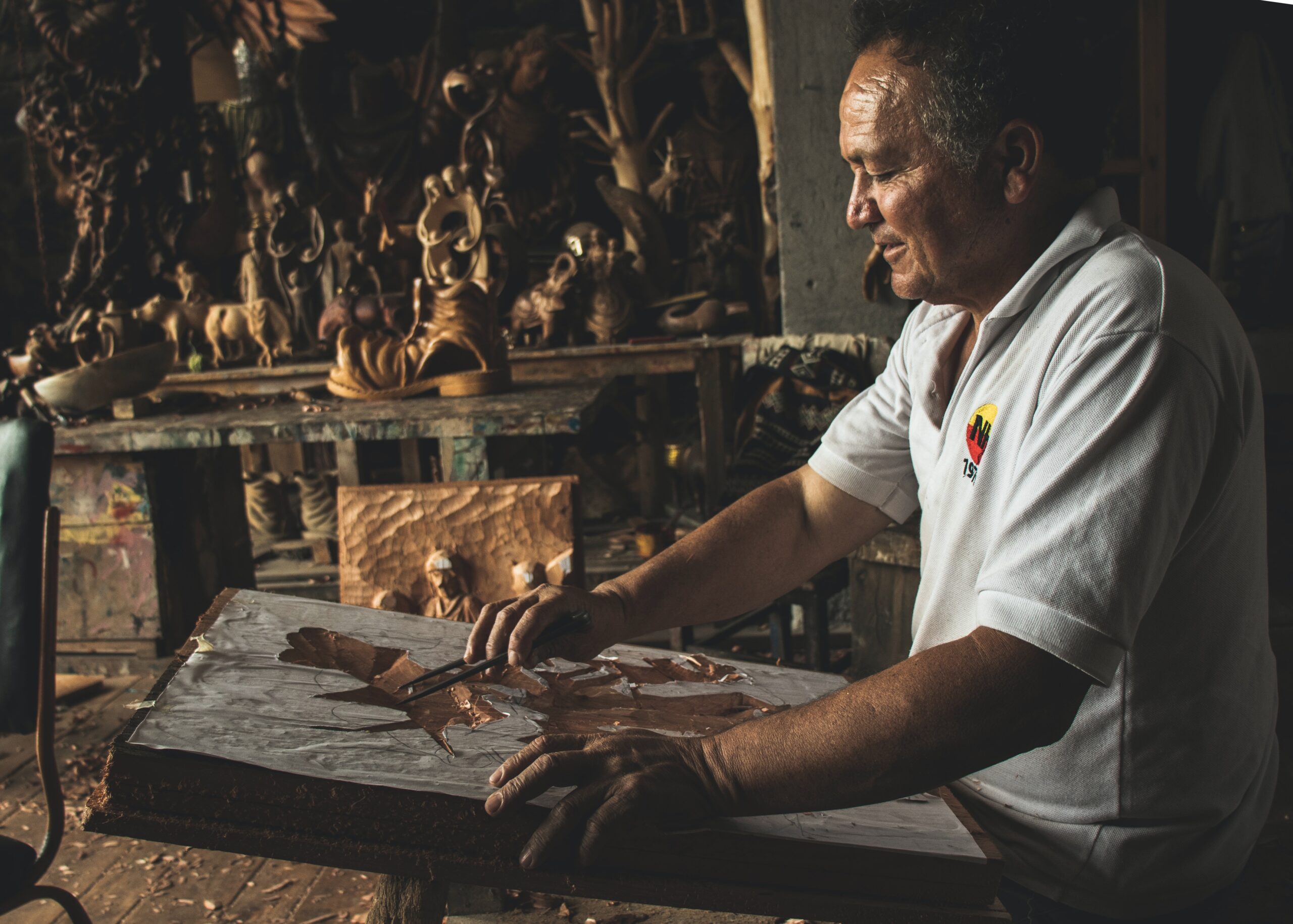Carpentry apprenticeship training typically lasts between three and four years.
History of carpentry
Carpentry, the art of working with wood, is a craft that has been essential to human survival for thousands of years. It has played a significant role in the development of civilization, from constructing homes and furniture to building ships and tools. The history of carpentry is long and rich, spanning numerous cultures and continents. In this article, we will explore the origins and evolution of carpentry.
Origins of Carpentry
The earliest evidence of carpentry dates back to the Neolithic era, around 8000 BCE, when humans first began to settle down and establish communities. During this time, carpentry was primarily focused on building shelters and basic tools. These structures were made using simple tools such as stone axes, chisels, and hammers, and were constructed from wood, stone, and mud. Get more information about tømrer kristiansand.

As humans began to develop more sophisticated tools and techniques, carpentry evolved to become a more refined craft. During the Bronze Age (around 3000 BCE), saws, planes, and other specialized tools were developed, allowing carpenters to create more intricate and detailed wooden objects. Learn more information about restaurering kristiansand.

One of the earliest civilizations to make extensive use of carpentry was ancient Egypt. The Egyptians were master carpenters, building massive structures such as the pyramids and temples using advanced techniques and tools. They were skilled at working with a variety of woods, including cedar, acacia, and sycamore.

Egyptian carpenters were known for their precision and attention to detail, and many of their techniques and tools are still used by carpenters today. They used chisels, saws, and planes to create precise joints and carve intricate designs into wood. They also developed a method of gluing wood together using animal glue, which was strong and durable.
Greek carpenters
Greek carpenters were skilled at creating complex joints and using wood to create intricate designs. They used a variety of tools, including chisels, saws, and drills, and were known for their use of geometry in their work. Greek carpenters also developed techniques for steam-bending wood, allowing them to create curved and rounded shapes.
Middle Ages
During the Middle Ages, carpentry continued to evolve, particularly in Europe. With the rise of Christianity, carpenters were in high demand to build churches and other religious structures. The Gothic architecture that emerged during this time was characterized by its tall spires, pointed arches, and intricate stonework, which required skilled carpenters to create the wooden frames and supports. Find out more detail about totalentreprise kristiansand.

Greeks
Like the Egyptians, the ancient Greeks were also skilled carpenters. They used wood to build ships, furniture, and buildings, and were particularly known for their use of columns and other architectural features in their buildings.

experiment
During this time, carpenters also began to experiment with new materials, such as cast iron and steel. These materials allowed for the creation of larger and more complex structures, such as bridges and skyscrapers, that were previously impossible to build using wood alone.

Industrial
The Industrial Revolution, which began in the late 18th century, brought significant changes to carpentry. New machines such as the circular saw and the planer allowed carpenters to work more quickly and efficiently, and mass-produced nails and other fasteners made construction easier and more reliable.
Carpentry
Today, carpentry remains a vital trade, with skilled carpenters in high demand. Modern carpenters work with a wide range of materials, from traditional wood to composites and plastics. They use advanced tools and techniques, such as computer-aided design (CAD) software and CNC machines, to create precise and complex structures.
Carpenters today work in a variety of settings, from construction sites and workshops to movie studios and theme parks. They may specialize in areas such as cabinetry, furniture-making, or carpentry for historic preservation.

Medieval carpenters
Medieval carpenters also made extensive use of timber framing, a technique that involves using wooden beams and joints to create a building’s frame. Timber framing was particularly popular in northern Europe, where wood was abundant, and was used to construct everything from homes and barns to churches and castles.
